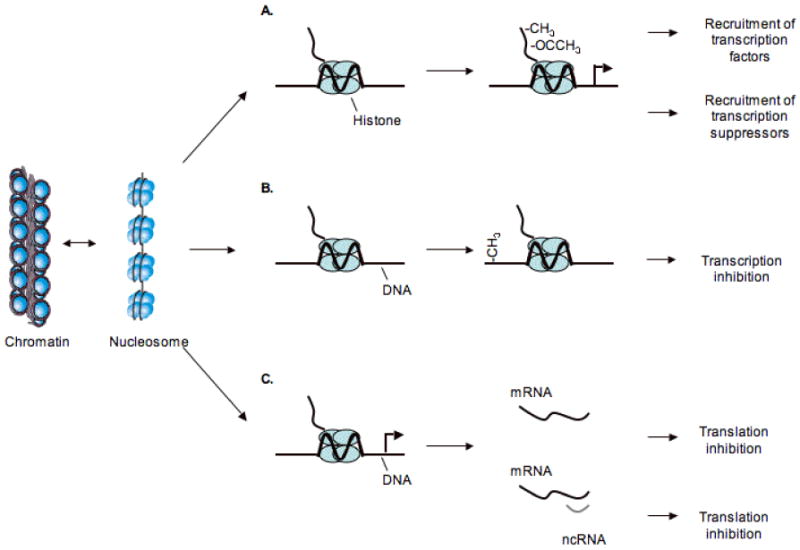Figure 2. Epigenetic modulations underlying abnormal gene expression identified in malignant cells.

In the nucleus the DNA double helix is wrapped around histone octamers to form nucleosomes, the basic structure of DNA inside the nucleus. (A) Modification of histones through methylation (-CH3) or acetlylation (-OCCH3) affects gene expression by targeting various protein complexes to DNA, resulting either in an open chromatin structure ready for expression or in a closed chromatin configuration that is impermeable to transcription factors and associated with gene silencing. (B) DNA methylation refers to the enzymatic addition of a methyl group to the 5 position of cytosine incorporated into DNA. In mammals, methylation is largely limited to cytosines that are part of the symmetrical dinucleotide CpG. A switch from unmethylated to methylated CpG island results in permanent loss of gene expression. (C) RNA interference (RNAi) is a post-transcriptional mechanism whereby gene expression is suppressed by RNA degradation, triggered by short stretches of complementary RNA. This process is a prominent mechanism of epigenetic regulation in plants and other organisms, where it plays roles varying from genome defense to chromosomal structure.
